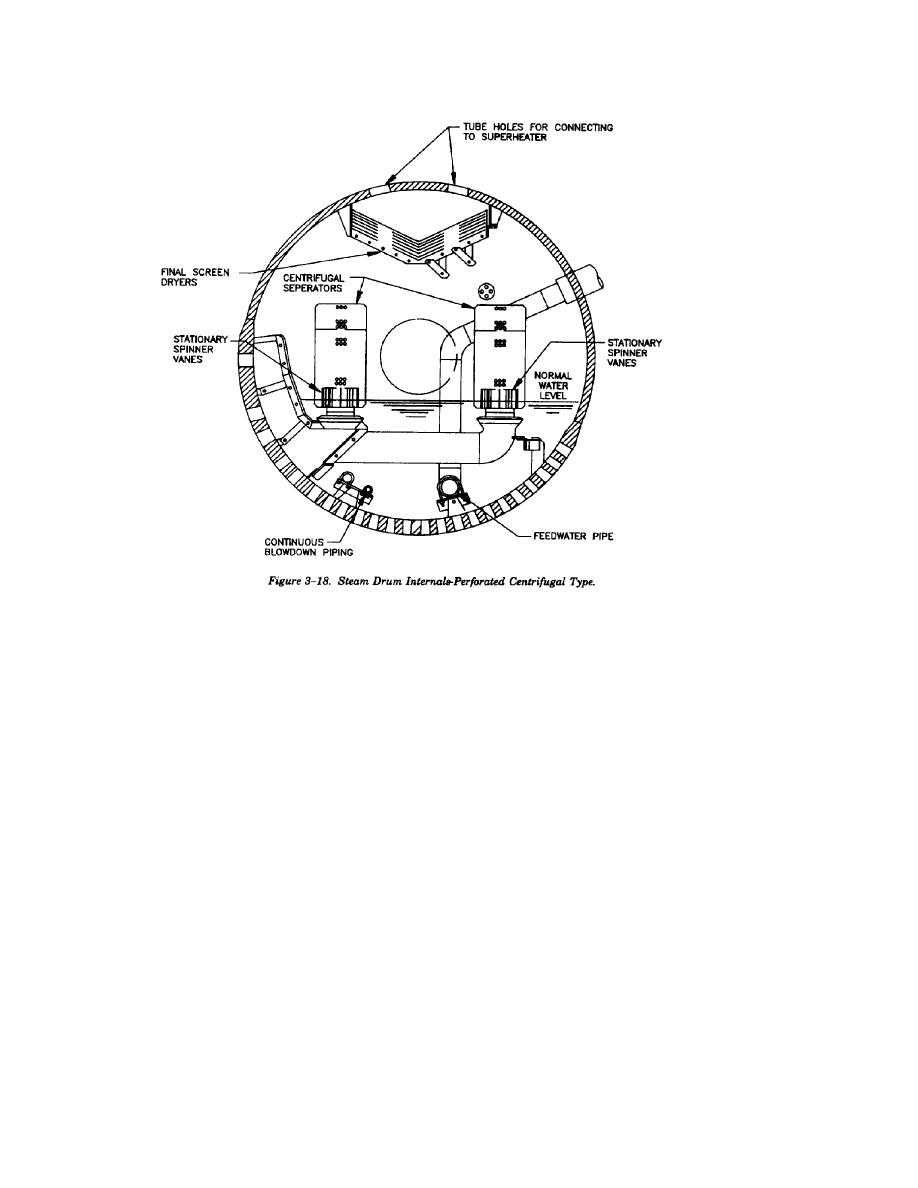
TM 5-810-15
(5) After structural adequacy has been deter-
the stack, and friction losses in the stack should be
mined, both static and dynamic analyses should be
provided by the natural draft of the stack.
made of the loads.
Barometric pressures adjusted for altitude and
(6) With welded steel stacks, a steady wind can
temperature must be considered in determining air
produce large deflections due to Karmen Vortices
pressure. The following stack parameters must be
phenomenon. If the frequency of these pulsations is
determined:
near the stacks natural frequency, severe
(1) The extreme and average temperatures
deflections can result due to resonance.
of ambient air and gas entering the stack.
(7) The plant location, adjacent structures,
(2) All heat losses in the stack (to find mean
and terrain will all affect the stack design.
stack temperature).
(8) Cleanout doors, ladders, painter trolleys,
(3) Altitude and barometric corrections for
EPA flue gas testing ports and platforms, lightning
specific volume.
protection and aviation warning lights will be
(4) Gas weight to be handled. The
provided, as required.
infiltration of air and combustion air into the stack
b. Stack design. The stack height calculations are
casing and ductwork must also be considered.
for the effective stack height rather than the actual
(5) Stack draft losses due to fluid friction in
height, this is the distance from the top of the stack
the stack and kinetic energy of gases leaving the
to the centerline of the opening of the stack where
stack.
the flue gas enters. Air and gas flow losses through
(6) The most economical stack diameter and
the inlet air duct, air heater (air side), windbox,
the minimum stack height to satisfy dispersion
furnace and passes, air heater (gas side) or
requirements of gas emissions.
economizer, gas cleanup equipment and other
(7) The stack height for required draft.
losses through duct and breeching should be
(Where scrubbers are used, the temperature may be
plotted and overcome with the fans. The kinetic
too low for sufficient buoyancy to overcome the
discharge head, the friction losses at the entrance to
stacks internal pressure losses.)
3-28


 Previous Page
Previous Page
